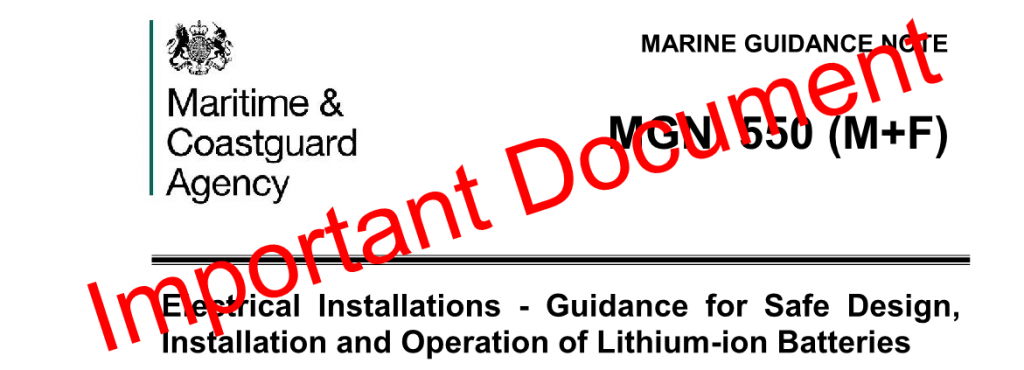News
Going Electric
The North Devon Marine Project – Leading the Electric Revolution

The following note has been kindly provided by Wayne Peters of North Devon Marine Ltd and Phil Horton from the RYA, who liaise regularly on net zero goals and ethos as they strive to get positive messages and good methodology through to the boating world.
Our advice is to use professional installers when considering going electric, use quality equipment conforming to industry standards and make sure you inform your insurers as cover under your policy may be affected.
Electric Revolution
The future of most marine propulsion systems will turn to electric. International, national and sector policies all point towards a zero carbon future and, regardless of the energy source, electric is the obvious choice for the future of boating. It is:
- Quiet
- Reliable
- Responsive, particularly when manoeuvring at low speed
- Flexible in terms of energy source
There are some main players in the UK market for complete systems, 1-80 kW electric outboards are readily available and ideal for small dinghies and yacht tenders through to RIBs and workboats. Differing options exist for inboards, with both shaft drive and pod, or sail drives depending on the application.
Energy Storage
The emergence of higher density storage facilities and their continued safe practice is a key component for a rapid decarbonisation strategy. Many upgraded power delivery systems currently use lithium, and specifically LiFePO4 technology due to its stability vs. density and is the go to for marine energy storage, but there are some things to be aware of:
Key to a successful electric conversion is understanding your “duty cycle”. I.e. the way that you currently use your propulsion system, both from power (how fast and how heavy) and energy (for how long) perspectives. Remember that pushing a displacement boat along at hull speed uses significantly more power AND energy than going 1-2 knots slower. This initial design brief will aid your understanding of the shift from fossil fuel to electric before you commit to buy.
Online you can find plenty of advice on DIY options, including cheap sources of lithium ion batteries. However, safety is critical, and you need to be sure that:
- The battery management system (BMS) is designed to operate with the chosen battery and is up to the job. This protects the batteries from overheating and is the single most critical piece of equipment to consider.
-
Redundancy should always be designed into the energy storage system, with back-up systems considered.
- Fire protocols should suit a lithium storage facility on board and crew should be made aware.
- Historical and real time monitoring provides accurate range and performance metrics to aid and improve operation.
- Cooling in your situation is adequate (both the electric motor and the control systems).
- Warranties are in place, i.e. build quality is guaranteed.
- Your insurers are content with your installation.
Please don’t go buying cheap products from unknown manufacturers, if they seem to be amazing value, beware!
Standards exist both for electric propulsion and lithium ion batteries in marine applications. Ideally, your installer should confirm that installation is to those standards (ISO 16315 for electric propulsion and ISO Tech Standard 23625 for the batteries).
We would also recommend you consult the MCA MGN 550 Guidance
CREDIT – North Devon Marine
Previous news items:
- Sailing and the Orca – An Overview of recent encounters whilst sailing
- Spain – A Ten Point Guide – A brief guide to mandatory insurance for yachts
- Is it charter or private & pleasure? A brief guide to determine whether you are using your boat for charter or private & pleasure
- Yachting Pages feature – A guide to superyacht insurance cover and claim
- Classic Boat Magazine and The Yachting Year Annual, feature – Insuring the past – What is an old yacht worth?
- Road Transit – Points to consider when moving a vessel by road
- Winter Lay Up – A newsletter regarding preparing for winter lay up
- Risk & Insurance – Simon Winter Marine features in an edititorial about specialty insurers and their risk management partners finding ways to keep historic vessels in use
- The Señora Trust – Restoration Project – Classic yacht ‘Señora’ to be restored for a whole community to benefit from and enjoy
- The Wave Magazine – The Journal of the Bristol Channel Pilot Cutters Owners Association Magazine






